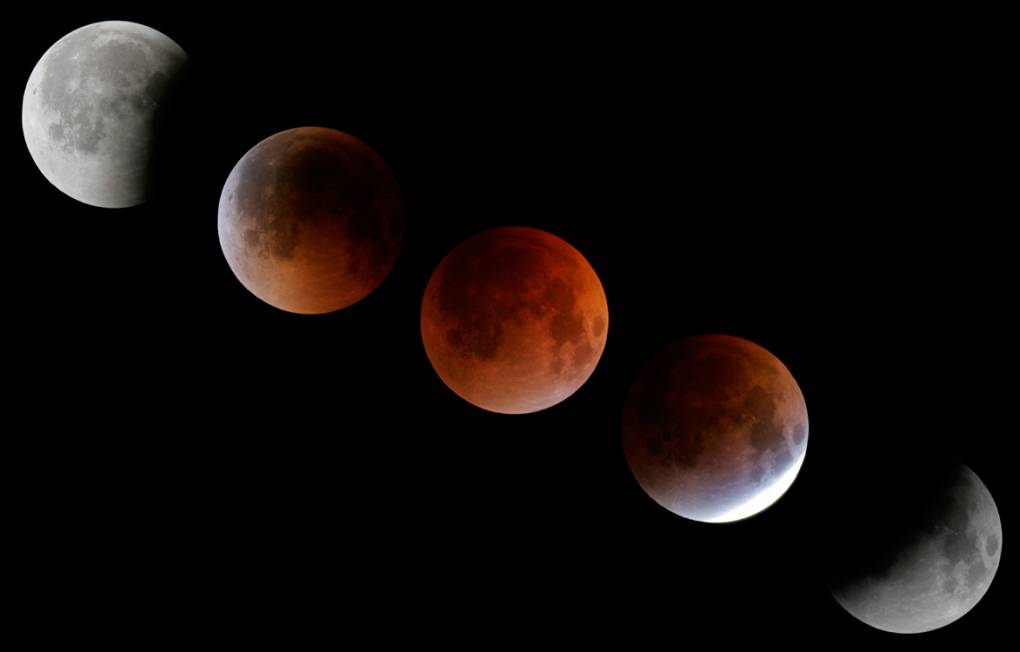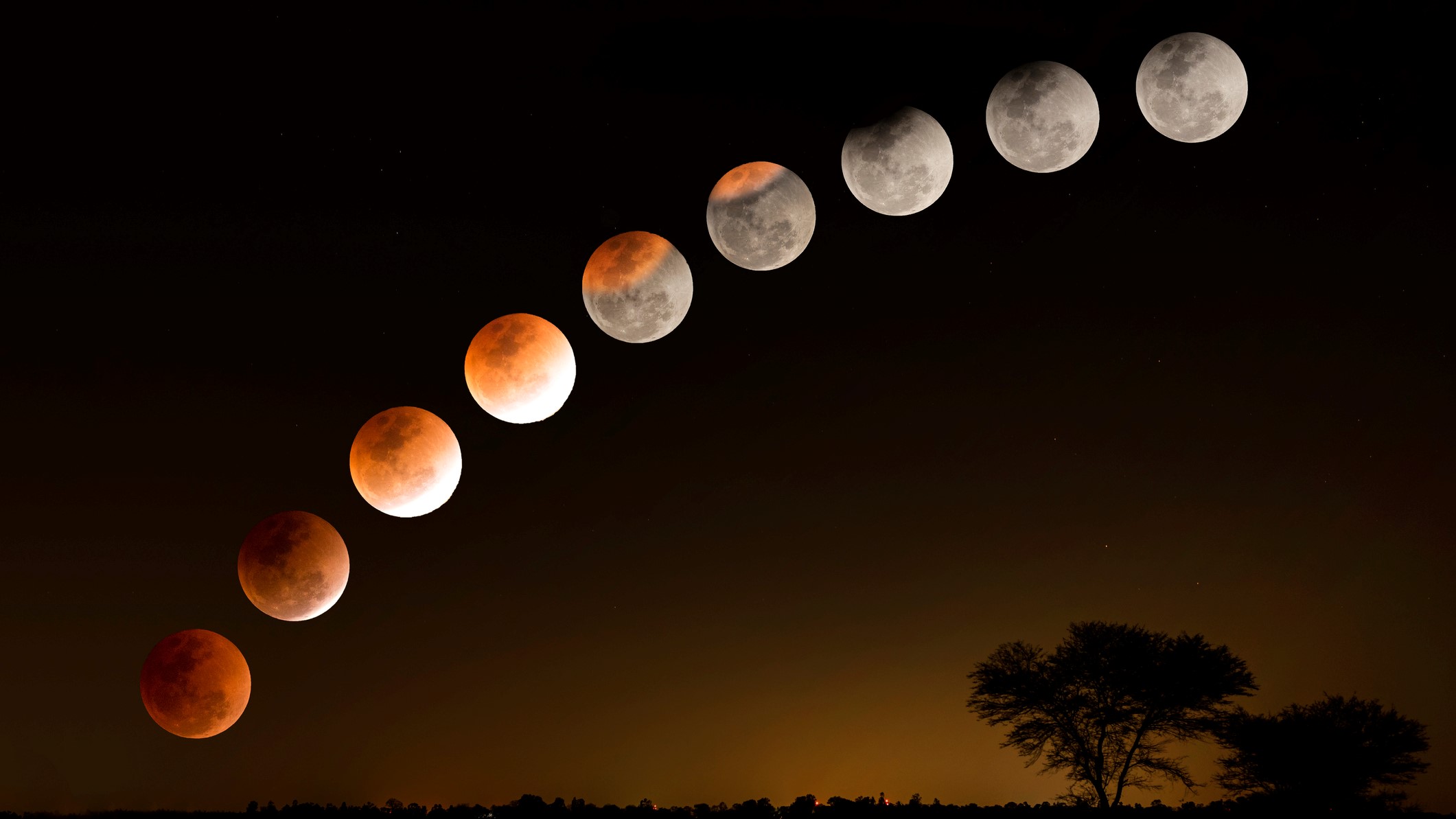A partial lunar eclipse will be able to be seen in Thailand this Sunday (October 29), which also marks the end of Buddhist Lent, according to the director of the Astronomical Research Institute of Thailand (NARIT).
The eclipse will begin around 1.01am and continue slightly over an hour, according to Suparerk Karuehanon, head of the Astronomical Academic Service and Communication Centre.
A lunar eclipse, he explained, is an astronomical occurrence that occurs when the Moon travels into the Earth’s shadow, causing the Moon to darken. The eclipse will be visible throughout Europe, Asia, Australia, and Africa, as well as North and South America, according to the director.
The next total lunar eclipse visible from Thailand will be on the night of September 7, 2025.
Thailand’s Lunar Eclipse Explained
A lunar eclipse in Thailand is a natural astronomical event that occurs when the Earth passes directly between the Sun and the Moon, casting a shadow on the Moon. This happens during a full moon when the Earth, Moon, and Sun are aligned in a straight line or close to it. During a lunar eclipse, the Moon can take on a reddish hue due to the scattering of sunlight in Earth’s atmosphere, which filters out the shorter blue and green wavelengths, leaving the longer red wavelengths to illuminate the Moon. This reddish tint is often referred to as a “blood moon.”
Lunar eclipses can be total, partial, or penumbral, depending on how deeply the Moon passes into Earth’s shadow:
- Total Eclipse in Thailand: In a total lunar eclipse, the Moon moves completely into the Earth’s umbra, which is the darkest and central part of the shadow. During this phase, the Moon is entirely covered by Earth’s shadow and can take on a deep red or copper color. Total lunar eclipses are quite striking and can last for several hours.
- Partial Eclipse in Thailand: In a partial lunar eclipse, only a portion of the Moon passes into Earth’s shadow, so you’ll see a section of the Moon turn dark while the rest remains illuminated. The degree of darkness and the visible area of the Moon in shadow depend on the eclipse’s specific geometry.
- Penumbral Eclipse: A penumbral lunar eclipse occurs when the Moon passes through the Earth’s penumbral shadow, which is a fainter, outer region of the Earth’s shadow. During a penumbral eclipse, the Moon may appear slightly dimmed but not as dramatically as during a partial or total eclipse. These events are often more subtle and may be more challenging to observe with the naked eye.
Lunar eclipses are safe to observe with the naked eye and do not require any special equipment, making them accessible and awe-inspiring astronomical events for people around the world. They occur relatively frequently, with at least two to four lunar eclipses visible from some parts of the Earth each year.
Lunar eclipses are significant in many cultures and have been the subject of myths, legends, and religious beliefs throughout history. They also hold scientific importance as they provide opportunities to study Earth’s atmosphere and its effects on the Moon’s appearance.








